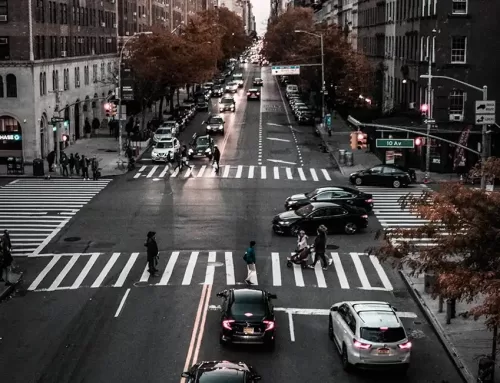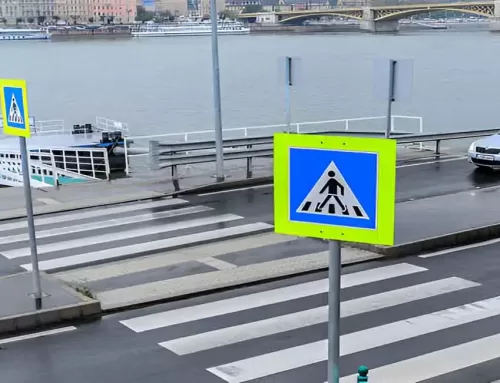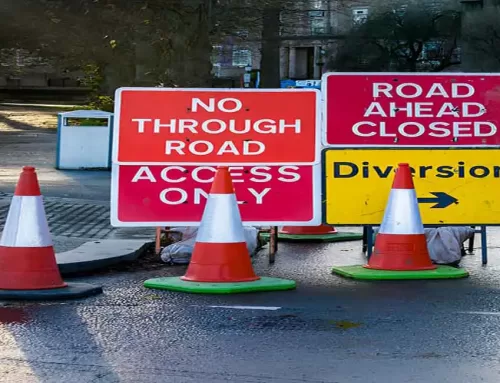General Specifications for Reflective Sheeting for Traffic Signs.
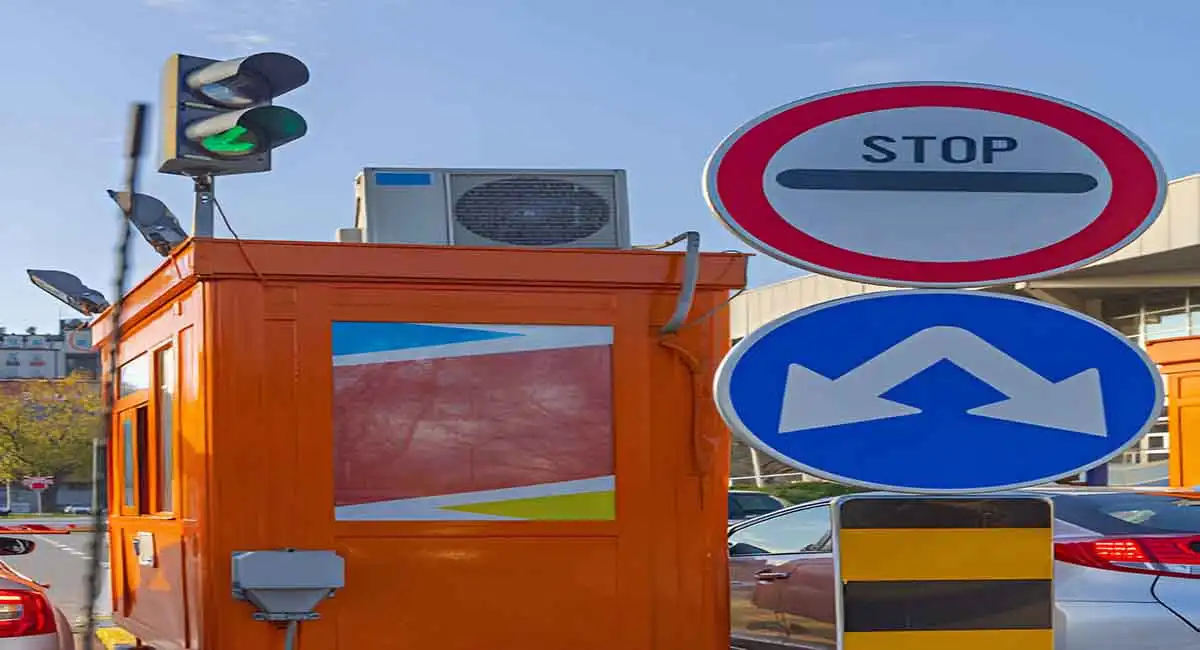
Traffic signs, traffic safety signs, traffic triangle warning signs, traffic round signs Common specifications: Triangle sign side length: 70cm, 90cm, 110cm Round sign diameter: 60cm, 80cm, 100cm Square sign specifications: 460*260cm300*150mm Can also be customized according to customer requirements.
In the case of the same area of appearance, the order of good effect and easy identification is: triangle, rhombus, square, regular pentagon, regular hexagon, circle, regular octagon, etc. Next, Hanzhong road traffic sign manufacturer Hengtong Sign will tell you about its production process and standards.
The provisions on geometric figures in the draft of the international “Safety Color and Safety Sign” standard are:
- Regular triangle indicates warning: circle indicates prohibition and restriction;
- Square and rectangle indicate prompts; circular patterns with slashes also indicate prohibition. The international standards for the geometric shapes of modern traffic signs in my country and the national “Safety Sign” standards are basically consistent.
⑴Triangle: High display degree, no matter the light conditions are good or bad, it is more eye-catching than other shapes. my country uses regular triangle as the geometric shape of warning signs, and uses inverted triangle in “stop and give way” and “slow down and give way”.
⑵Circle: The circle has a high display degree, large visual, and is also convenient for arranging text. We use the circle as the geometric shape of prohibition and indication signs.
⑶Square: Including rectangles and squares, its visibility is used as the geometric shape of road-guiding traffic signs.Steep slope, steep slope, village, left sharp bend, right sharp bend, continuous bend, roundabout, T-shaped intersection, Y-shaped intersection, cross intersection, reverse bend, pay attention to children, narrowing on both sides, narrowing on the left, narrowing on the right, dangerous road beside the mountain, pay attention to falling rocks, honk, turn left or right, slow sign, etc.
What are thet echnical requirements for traffic signs?
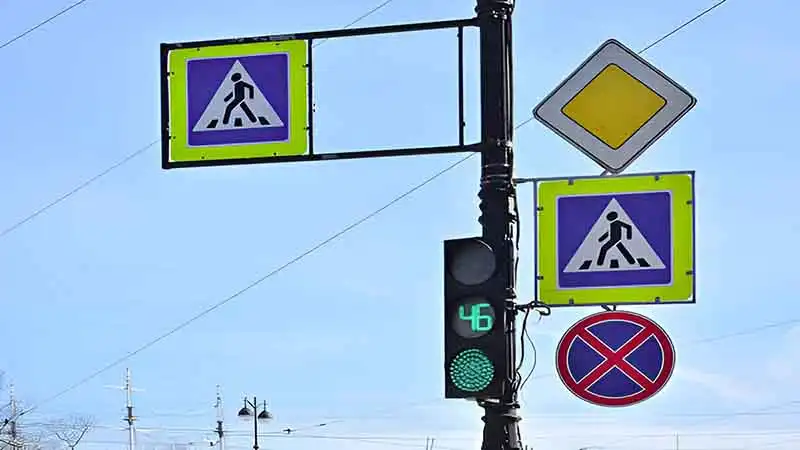
General requirements:
- Reflective film should usually be supplied in rolls. The reflective film should be evenly, flatly and tightly wound on a rigid round core, and should not have defects such as deformation, defects, uneven edges or inclusions of irrelevant materials.
GB/T18833-2012 - The length of each roll of reflective film should generally not be less than 45.72m. The whole roll of reflective film cannot be spliced in the width direction, and the joints in the length direction should not exceed 3 places, and the splicing should be visible at the edge of the roll film. A surplus of 0.5m of reflective film should be left at each splicing. The continuous length of each section of reflective film should not be less than 10m.
- The reflective film should have color printability. The reflective film can be printed in various colors at room temperature using an oil house and printing method that matches the reflective film.
- Reflective films of various colors other than white can also be formed by pasting colored transparent films (called “electroetched films”) on white reflective films.
Appearance quality:
The reflective film should have a smooth and clean outer surface, and should not have obvious scratches, streaks, bubbles, color and retroreflective
unevenness and other defects. Its anti-sticking paper should not have defects such as bubbles, wrinkles, stains or debris.
Photometric performance
The photometric performance of the reflective film is expressed in retroreflective coefficient. The retroreflective coefficient RA value of various reflective films (including screen-printed and electroetched reflective films, the same below) should not be lower than the provisions of the corresponding categories given in Tables 1 to 7.
5.3.2 If the reflective film does not have rotational uniformity, that is, when the photometric performance under different rotation angles is different, the manufacturer should make a reference mark along the direction of the larger reflection coefficient value.
